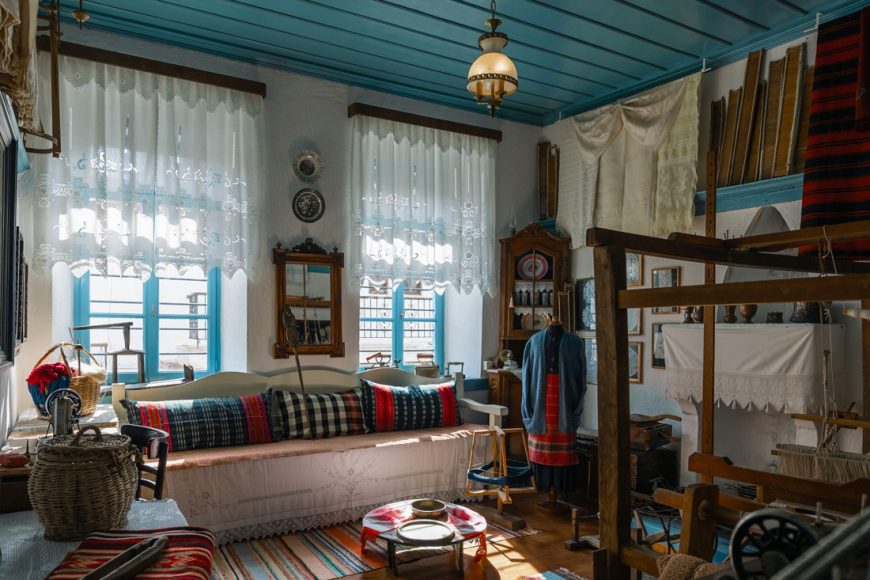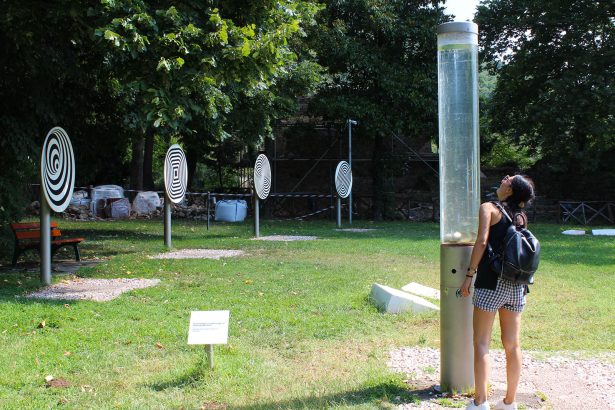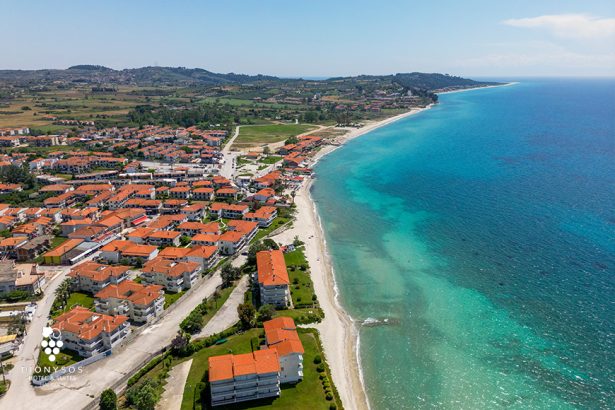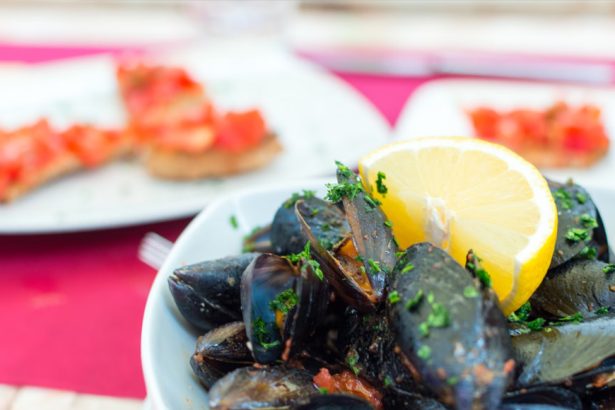Greece has a long history that can’t be covered by just one museum. So, if you would like to explore Greece’s history and culture, check out the top museums in Halkidiki.
Halkidiki’s natural beauty is unique sightseeing, but there is much more to see and experience. Generally, Greece has a rich history and diverse culture. So, similarly, Halkidiki has a rich historical background that has led to the creation of several museums.
Halkidiki has several ancient sites worth visiting, as well as museums giving you a glimpse of the region’s old and new cultural attributes.
Let’s check out the best museums you should visit in Halkidiki.
Anthropological Museum, Petralona
The Anthropological Museum of Petralona is located at a close distance to the prehistoric Petralona cave. It hosts a representation of the cave and houses items found inside, like tools, fossils, fire traces, and others.
Find it on Google Maps
Historical Museum of Arnea
The Historical and Folklore Museum of Arnea is housed in a two-story traditional mansion dating from the 18th century. The mansion was recently restored, and the museum was established in 1999.
Folklore Museum of Afitos
The Folklore Museum of Afitos is housed in the traditional house Alevra. It hosts tools for traditional jobs such as carpenter, baker, fisherman, horseshoer, shepherd, and others. In summer, there are painting and sculpture exhibitions.
Find it on Google Maps
Archaeological Museum of Olynthos
Located right next to the ancient site, the Archaeological Museum of Olynthos includes findings from the excavations. There is also a room dedicated to the restoration process and life in Ancient Olynthos.
Christian Collection
Hosted in a small stone building close to the port and in the Tower of Ouranoupolis, the Christian Collection features icons from the early to the late Byzantine times, wall paintings from churches, and various ecclesiastical vessels.
Folklore Museum of Poligiros
The Folklore Museum of Poligiros is housed in an elegant mansion in the city’s center. It features old furniture, agricultural tools, jewelry, traditional costumes, photographs, and other items. All exhibits were donated by the residents of Poligiros.






